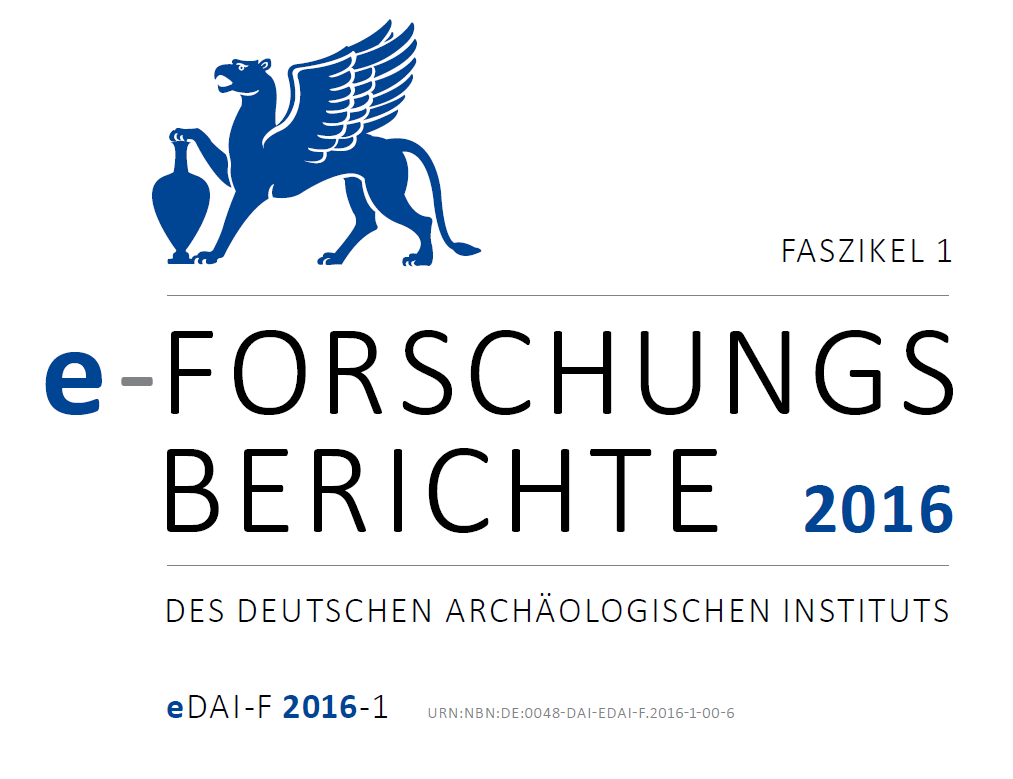Region Huelva/Onuba, Spanien: Das Tharsis-Projekt: Wirtschaftsweise, Gesellschaft und Kultur in der Kontaktzone zwischen Küste und Hinterland zur mittleren Eisenzeit
https://doi.org/10.34780/1ram-9qer
Abstract
Archaeological investigations on the site of Tharsis (Alosno, province Huelva) and its surroundings were carried out in cooperation with colleagues of the University of Huelva between 2007 and 2010. The main objective consisted in the analysis of the relation between a major mining centre as is Tharsis and its surroundings with its extraordinarily huge deposits of copper and silver mainly, which were explored from the beginning of the Metal Ages (Copper Age) onwards until nowadays. The project is of major interest as the search of these metals is a persistent element especially in the Iron Age Hispaniae and achieves a new flourishing period in Roman times. With a focus on this time span, three places in the nearer surroundings were studied: Cerro de la Divisa (8th/7th c. BC), Castro Cerquillo (5th/4th cent. BC) and Lagunazo (roman time). Other places in the farther surroundings as Tejada la Vieja, Niebla and Ayamonte have also to be considered, as slags are found in all of them. In one way or another, the nearer and the farer surroundings must have participated in Tharsis‘ richness. The inclusion of Ayamonte establishes a link to another project also run by DAI Madrid (D. Marzoli).Downloads
Veröffentlicht
2023-05-26
Ausgabe
Rubrik
Artikel
Bibliographische Daten & Rezensionen
Zitationsvorschlag
Schattner, T.G. (2023) “Region Huelva/Onuba, Spanien: Das Tharsis-Projekt: Wirtschaftsweise, Gesellschaft und Kultur in der Kontaktzone zwischen Küste und Hinterland zur mittleren Eisenzeit”, e-Forschungsberichte des DAI, pp. 124–130. doi:10.34780/1ram-9qer.





